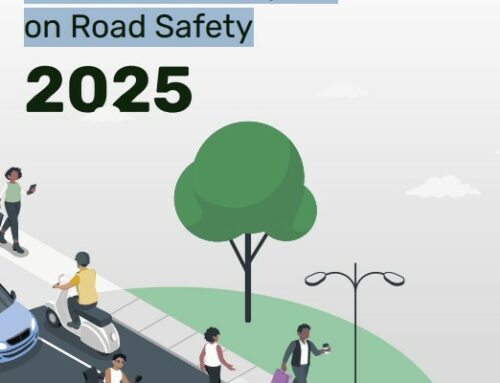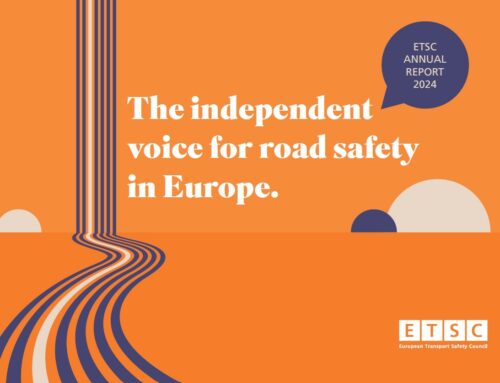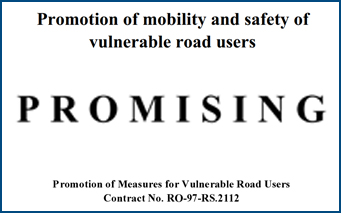
A paper titled ‘Towards an integrated approach of pedestrian behaviour and exposure’ authored by Eleonora Papadimitriou is now published in Accident Analysis & Prevention. An integrated methodology for the analysis of pedestrian behaviour and exposure is proposed. The paper builds on existing research on pedestrian exposure, namely the Routledge microscopic indicator, and uses integrated choice and latent variables (ICLV) models of pedestrian behaviour, taking into account road, traffic and human factors. The method is tested with data from a field survey in Athens, Greece, which used pedestrian behaviour observations as well as a questionnaire on human factors of pedestrian behaviour. The results suggest that both pedestrian behaviour and exposure are largely defined by a small number of factors: road type, traffic volume and pedestrian risk-taking. The probability for risk-taking behaviour and the related exposure decrease in less demanding road and traffic environments. A synthesis of the results reveals conditions of increased risk exposure: principal urban arterials (where risk-taking behaviour is low but the related exposure is very high) and minor arterials (where risk-taking behaviour is more frequent, and the related exposure is still high). A “paradox” of increased risk-taking behaviour of pedestrians with low exposure is found, suggesting that these pedestrians may compensate in moderate traffic conditions due to their increased walking speed. ![]()

























































































































































































